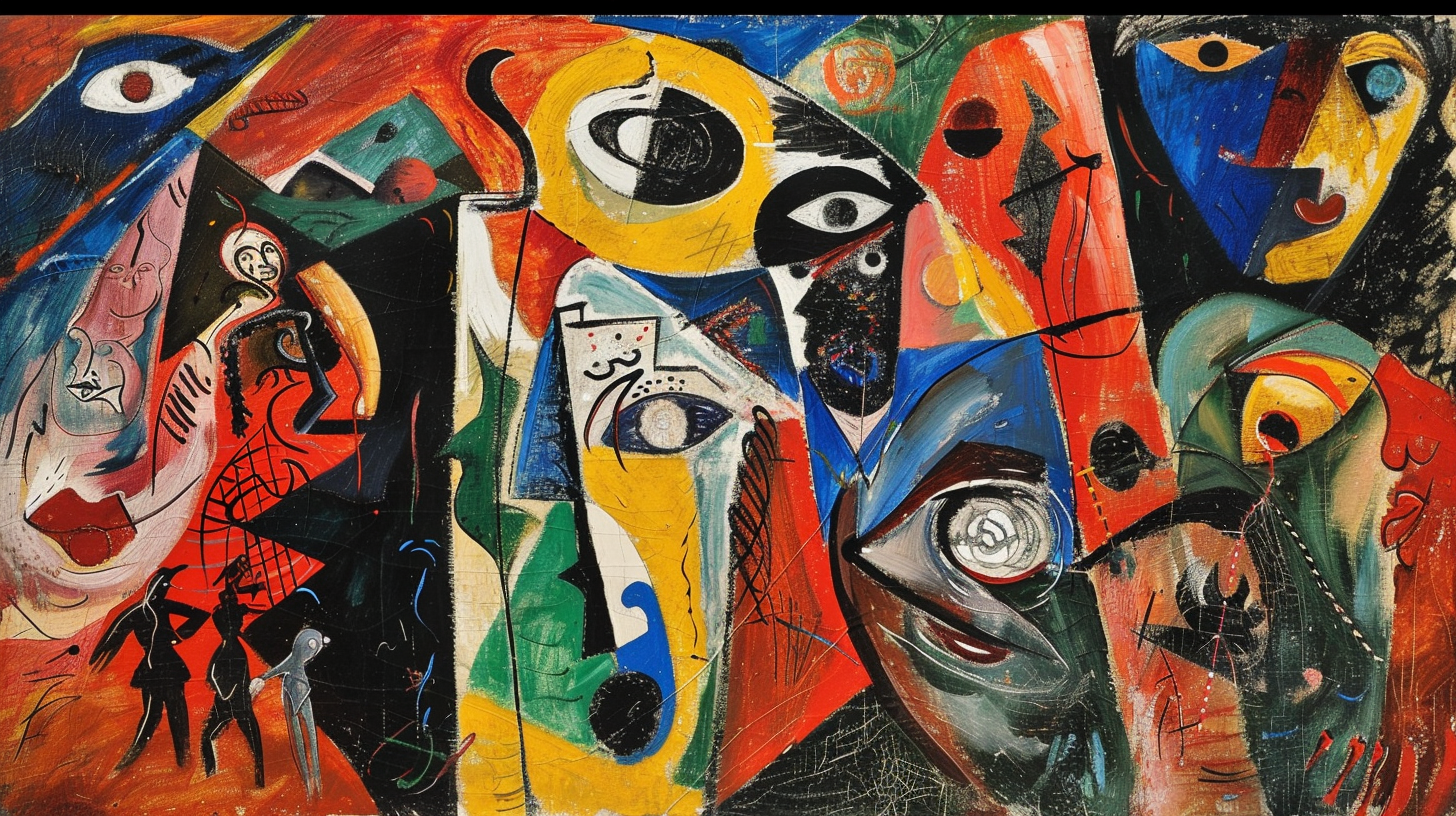
“Ukraine’s Kherson Art Museum Identifies 100 Works Allegedly Looted by Russian Forces

Potential Future Trends in the Art Industry: Addressing the Looting of Ukrainian Cultural Heritage
The recent revelation by Ukraine’s Kherson Art Museum of 100 works allegedly looted from its collection by Russian forces highlights the ongoing issue of cultural heritage theft in times of armed conflict. This incident not only raises concerns about the preservation of Ukraine’s rich art history but also sheds light on the broader challenges faced by the art industry worldwide. As we analyze this text, several key points emerge, offering insights into potential future trends related to art looting and its impact on the global art community.
1. Documentation as a Key Tool
The Kherson Art Museum’s ability to identify looted artworks through a “propaganda video” underscores the significance of documentation in combating art theft. As technology continues to advance, the importance of digital archives, image recognition software, and online databases cannot be overstated. Art institutions must invest in robust documentation systems to create a comprehensive record of their collections, enabling them to track and identify stolen works more effectively.
2. Cross-Border Cooperation in Art Recovery
The identification of looted artworks located in Crimea, a disputed territory, emphasizes the necessity for cross-border cooperation in art recovery efforts. While Ukraine and its allies do not recognize Russia’s sovereignty over Crimea, engaging in dialogue and establishing partnerships with relevant art organizations and law enforcement agencies within Crimea may offer a potential framework for repatriation in the future.
3. Public Awareness and Advocacy
The Kherson Art Museum’s use of social media to raise awareness about the looted artworks not only helps in locating the stolen pieces but also serves as a potent advocacy tool. Similar initiatives should be embraced by other art institutions to mobilize public support and apply pressure on governments and international organizations to take action against cultural heritage theft.
4. Strengthening International Agreements
The violation of the 1954 Hague Convention by both Russia and Ukraine as they engage in cultural property theft during armed conflict highlights the need to reinforce international agreements. Governments, art organizations, and the international community should collaborate to create stricter protocols and legal frameworks for the protection of cultural heritage, with significant consequences for those who violate these agreements.
5. Investment in Security and Protection Measures
The systematic plundering of Ukrainian museums underscores the urgency for increased investment in security and protection measures. Art institutions must enhance their security systems, including surveillance technology, proper storage facilities, and training for staff members on crisis management and emergency response. Proactive measures will significantly reduce the vulnerability of institutions during times of conflict.
6. Swift Recovery and Restitution Processes
To restore stolen artworks to their rightful owners and ensure justice, the art industry should establish efficient recovery and restitution processes. This requires collaboration between countries, art organizations, and legal experts to devise streamlined procedures for investigating and repatriating looted cultural property.
The Path Ahead: Predictions and Recommendations
Based on the analysis of the text and the aforementioned key points, it is possible to predict some potential future trends in the art industry:
- Increased emphasis on digital documentation and technological tools for art identification and recovery.
- Growing collaborations between art institutions and law enforcement agencies across disputed territories to address cross-border looting issues.
- Heightened public awareness and mobilization against cultural heritage theft through social media and online platforms.
- Stricter international agreements and legal frameworks to deter and penalize violators of cultural property protection conventions.
- More significant investments in security and protection measures within art institutions.
- Efficient and streamlined recovery and repatriation processes for looted cultural property.
In light of these potential trends, the following recommendations are put forth:
- Art institutions should prioritize digital documentation initiatives to create comprehensive records of their collections.
- Collaboration and dialogue between governments, art organizations, and relevant agencies should be pursued to facilitate the recovery and repatriation of stolen artworks.
- Increased public awareness campaigns on social media platforms should be encouraged to create a broader movement against cultural heritage theft.
- International bodies and governments must revise and strengthen existing agreements to ensure better protection of cultural heritage during armed conflicts.
- Art institutions should allocate resources for improving security systems and training staff on emergency response protocols.
- A concerted effort should be made to establish efficient recovery and restitution processes that prioritize the return of stolen cultural property.
In conclusion, the looting of Ukrainian cultural heritage exemplifies the pressing need for proactive measures within the art industry and international community. By adopting these recommendations and envisioning future trends, we can hope to protect not only Ukraine’s art legacy but also safeguard global cultural heritage from the ravages of armed conflicts.
References:
- Hyperallergic. (2022, February 21). Ukrainian Museum Confirms Presence of Stolen Art in Russian-Occupied Crimea. Retrieved March 10, 2022, from https://hyperallergic.com/706643/ukrainian-art-loot-confirmed-in-russian-occupied-crimea-kherson-art-museum/
- Kherson Art Museum. (n.d.). Retrieved March 10, 2022, from https://www.facebook.com/kherson.art.museum/
- United Nations. (1954). Convention for the Protection of Cultural Property in the Event of Armed Conflict. Retrieved March 10, 2022, from https://www.unesco.org/new/en/culture/themes/illicit-trafficking-of-cultural-property/1954-hague-convention/

